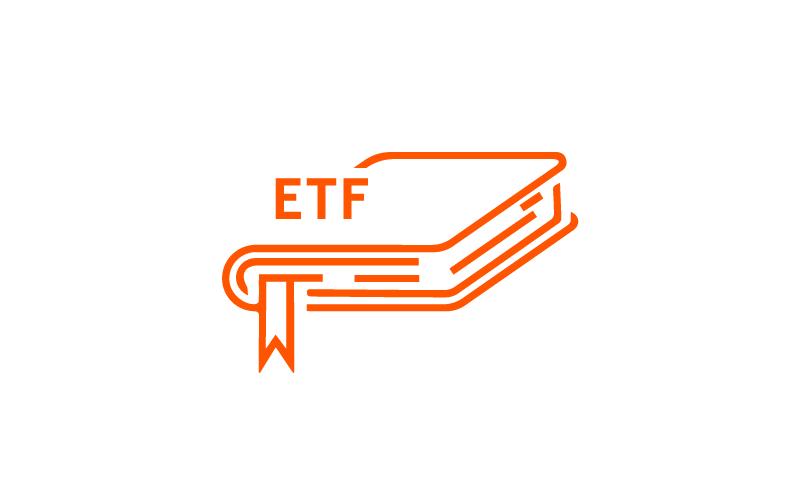Solar Grid Parity
Q1: When will solar grid parity be achieved?
It was very astonishing to see the world’s lowest tariff for a solar power plant in the United Arab Emirates recently. Abu Dhabi Power Corporation says it has received a bid of just 1.35 US cents per kilowatt-hour for the project, which is definitely competitive compared with oil-fired thermal power in the region. It is dramatically less than one-third of the projects built five years ago in the same area. Initiatively, we would like to ask why it could be so low.
Q2: Why is the solar power cost so low in the Middle East?
The lowest levelized cost of energy (“LCOE”) in solar projects of the Middle East markets can be attributed to a number of key factors.
Firstly, the Middle East area is home to excellent solar resources. The UAE’s yearly irradiation currently achieves over 2,000 kWh per square meter, which is almost twice that of most of Europe.
Secondly, large swathes of cheap desert land with few trees or vegetation provide near-lossless solar radiation. The countries also offer very low borrowing rates, low cost labor and tax discounts to attract solar installations.
More importantly, cheap module products from China significantly help with cost drop. Module cost that accounts for half of the total cost was more than half cut in the last three years.
Q3: What is the implication on solar industry? Can the case in the Middle East apply to other regions?
Actually, photovoltaic projects have achieved end-user side grid-parity in most places in the world, compared with electricity generation from oil, gas and coal. We expect as technology innovation continues to push module cost decline, citing the experience in the Middle East, regions with great irradiation or land or borrowing cost cut, are more likely first to achieve cost side grid-parity and we will see solar installation acceleration hereafter. For example, solar power cost currently declined to only 0.062 USD/kWh1 in China, quite close to coal-fired cost of 0.0492 . In Europe, solar energy is even more competitive. We have seen solar energy enjoyed over 20% growth in the last 10 years globally, and we believe the trend accelerates in the coming years.
Q4:Who will benefit from the trend?
China is absolutely the key manufacturing center of photovoltaic products in the world from the very upper stream polysilicon to downstream module and inverter. We believe China will fully utilize their cost advantages and the fast growing demand globally. The cost-competitiveness of Abu Dhabi’s solar project is a push factor, driving the growth of the Chinese solar markets in the foreseeable future.
Related ETF
Global X China Clean Energy ETF is designed to offer investors efficient access to growth potential through companies critical to further advances and increased adoption of clean energy in China.
Other Key Features:
- Unconstrained Approach: The fund’s composition transcends the classic sector and industry classifications by tracking an emerging theme.
- ETF Efficiency: In a single trade, the fund delivers access to dozens of companies with high exposure to the clean energy theme in China.
Please click here for more information on the Global X China Clean Energy ETF.

